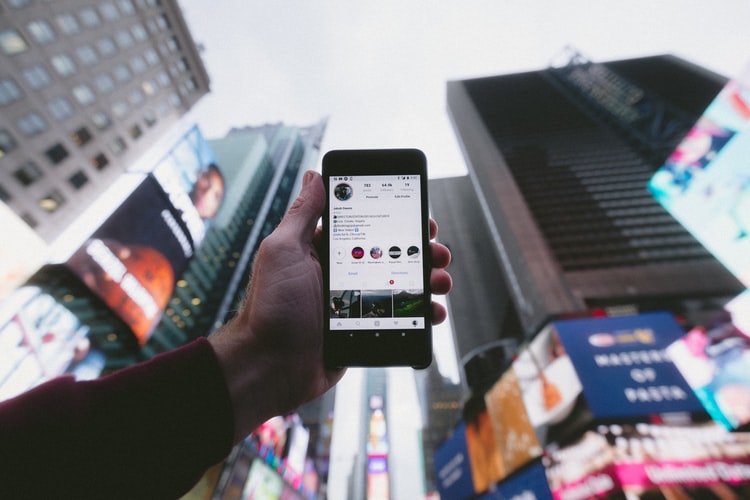
TV Editor Cat Osborne delves into the phenomenon of those who travel for the pictures
As part of my travels this summer, I visited the Museum of Sweets and Selfies in Budapest. The term ‘museum’ is misleading. Rather than an institution brimming with knowledge and culture, this is essentially a set of aesthetically pleasing rooms. From a swimming pool of sprinkles to banana swings to floating teacups, the visitor is invited to indulge in taking as many photos as their smart phone can store. I am ashamed to admit that I spent €10 but I can’t deny that I enjoyed the experience. My friend and I jokingly posed together, and I got plenty of photos for my Instagram feed. One can only commend their business plan. Tourists all over the world are seeking out places to take photos, so why not capitalise on it?
As a Gen Z female, I enjoy documenting my travelling experiences. There is nothing wrong with taking photos on one’s holidays to capture pleasant memories. However, there is a point where the obsession with social media goes too far. It is Instagram that drives this obsession. Instagram’s selling point is visual media. Its popularity for Gen Z – 90% of users are under 35 – means that we are especially attuned to being bombarded with beautiful, glamorous holiday photos.
“There is a point where the obsession with social media goes too far
Tourism boards take advantage of this. As early as 2015, Lake Wanaka launched a social media campaign on Instagram which involved influencers captioning stunning images with #LoveWanaka. This led to a 14% increase in tourism over the next year.
Moreover, numerous travel blogs run articles informing their readers of the top 10 most ‘instagrammable’ places in their chosen city. This signifies the extent of the phenomenon, as tourists are actively pre-planning their social media feeds when planning their travelling. A prime example of this is Elan Café, a branch of cafes in London that charge extortionate prices for a slice of cake. But, let’s face it, no one comes for the cake. Instead, it is the gaudy pastel pink interior and walls of roses that draw in Elan Café’s endless queue of customers.
London and Budapest are starting to venture into this aesthetic world, but other cities have been doing it for years. When I visited Seoul a few years ago, I was struck by how picture-perfect the city is. Academically, Korean culture is recognised to place a high level of importance on appearance. This was obvious from places such as the Ihwa Mural Village where paintings such as intricately painted angel wings invite tourists to pose in front of them. Whilst artistic installations are interesting around a city, I’d argue that this social-media-focused-mindset detracts from the experience of tourism.
“Tourists are actively pre-planning their social media feeds when planning their travelling
An important aspect of travel is getting the chance to delve into another culture but the obsession with photos can conflict this. For instance, there is nothing remotely British about Elan Café, but its charming interior may draw in a tourist seeking a bite to eat over a more authentic British tearoom or pub.
Plenty of places have their uglier parts, but this does not mean that they are not worth visiting. This summer, I went to New York City and only posted the pleasant-looking parts on my social media such as the sunlit rooftops of The High Line. However, I also experienced the dingy, grubby Subway, as this is equally part of the culture of New York despite not being as ‘Instagrammable.’
There is an even darker side to the preoccupation with posing when travelling. I noticed this when in Budapest as plenty of tourists were posing and smiling next to the Shoes on the Danube Bank to prove that they were there. This is a memorial on the bank of the river to remember the Jewish people whose lives were taken by the Arrow Cross Party in World War One, and not an appropriate site for selfies. Officials at Auschwitz have begun combatting this by asking visitors to stop taking ‘cool’ photos balancing on the railway tracks at the most prolific concentration camp. Although tourists like to prove that they have visited a certain notable place, this shouldn’t be allowed in a place with a shockingly cruel history such as Auschwitz.
We can all continue snapping our holidays and sharing these photos for our peers to see, but we must remember that the world doesn’t revolve around Instagram, and our travelling shouldn’t either.
Comments